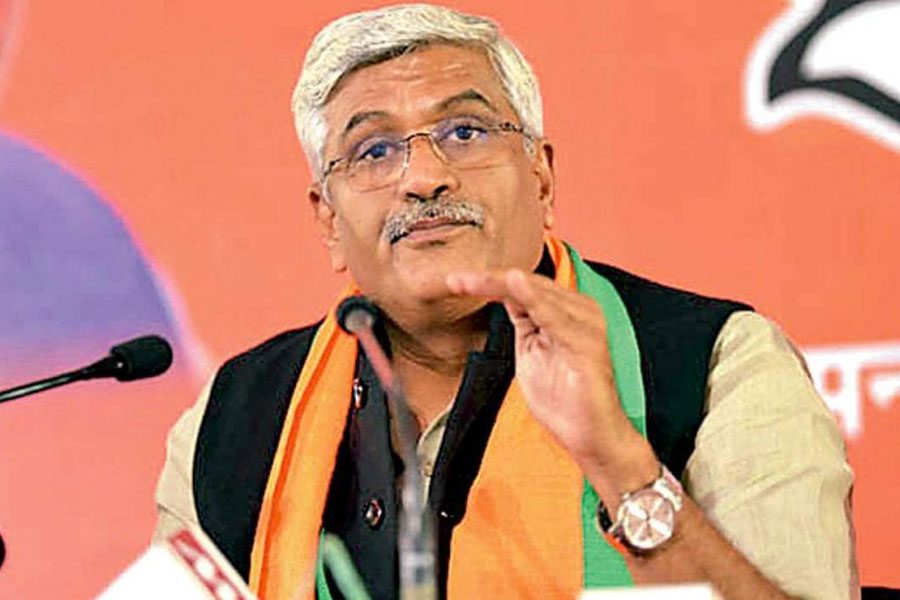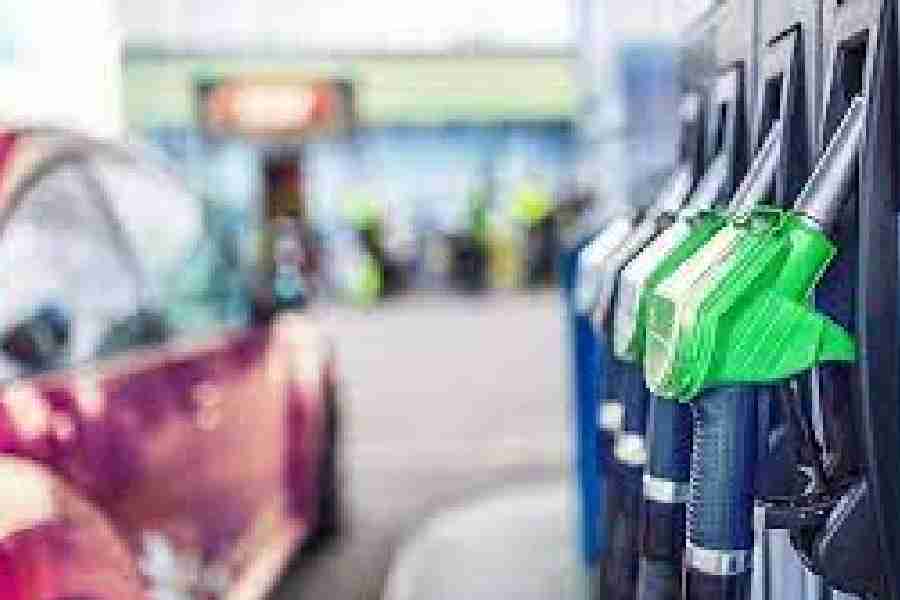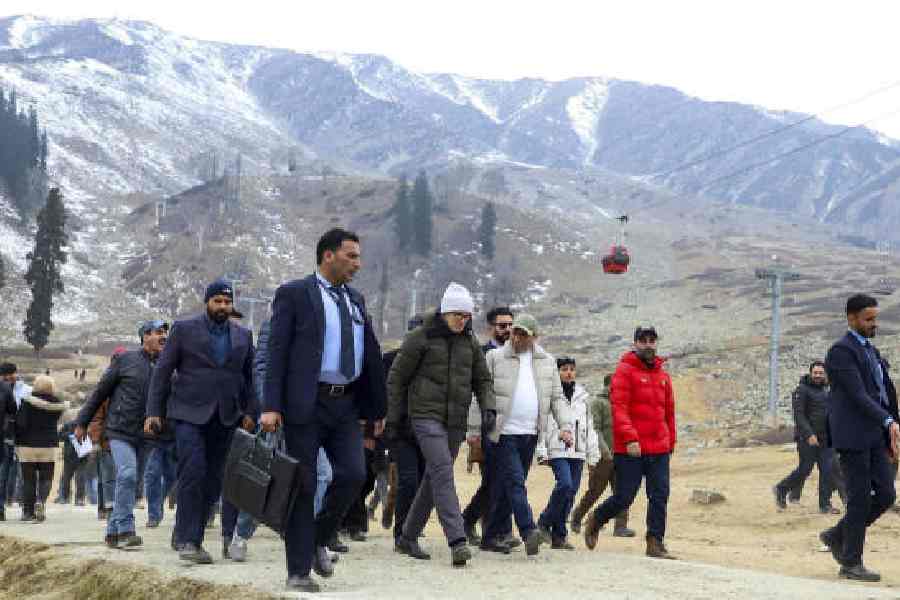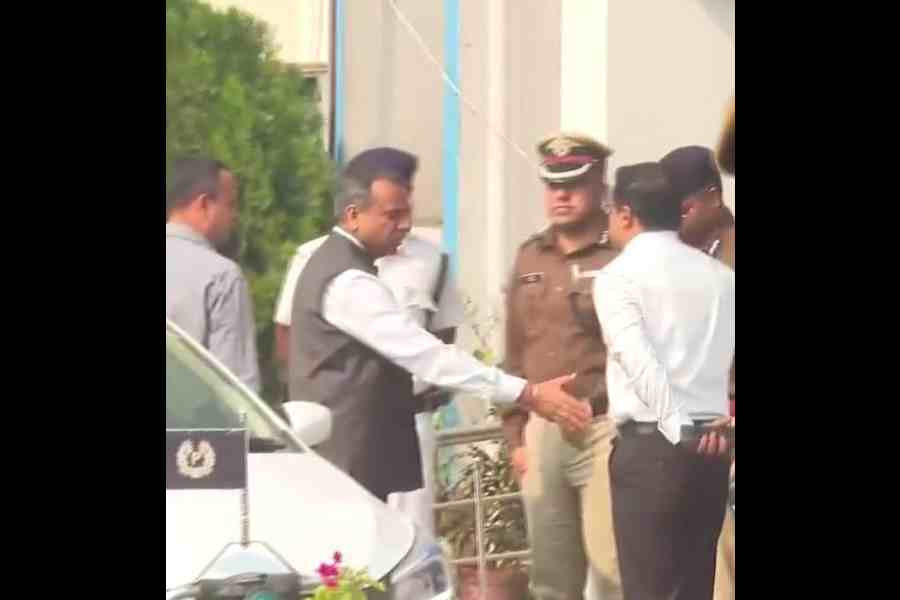The Kolkata Municipal Corporation (KMC) has launched a project to clear and strengthen the heavily silted brick sewer under BB Ganguly Street.
This critical infrastructure, over a century old, drains rainwater and sewage from large portions of central Calcutta.
The sewer line runs 2.7km from the General Post Office (GPO) to the Sealdah flyover, where it connects with another brick sewer.
KMC officials report that silt has blocked more than half the diameter in several stretches, and the structure has collapsed in some locations, severely impeding the flow of sewage and rainwater.
“During our inspection, we found significant blockages throughout the system,” a KMC official explained. “Both the accumulated silt and structural failures are preventing proper drainage.”
The rehab plan
The project will involve two main phases:
Complete desilting of the clogged sections
Installation of polymer jackets inside the brick sewers to prevent future silt formation and structural collapse. The civic body has allocated three years for project completion and will soon float a tender to hire a contractor for the work
City’s sewer network
Calcutta's brick sewer system, built by the British between 1878 and 1888, consists of an 88km network of “man-entry” sewers.
Sewers with “man-entry” tunnels are large enough for a person to stand inside for maintenance. A separate network of narrower brick sewers runs under the city’s smaller roads.
The BB Ganguly Street sewer has an “egg-shaped” design, with sections wide enough for human entry and other portions that are narrower.
The city’s first underground sewer line was commissioned in 1878 along Lenin Sarani.
It originated near the Hooghly riverbank and ran beneath the governor’s house (then the viceroy’s residence). The complete sewer network was finished by 1888.
Expected benefits
Seven wards — 43, 44, and 47 to 51 — covering areas including MG Road, College Square, Bowbazar, Koley Market, Lalbazar, and Wellington will benefit from this desilting project. Monalisa Banerjee, councillor of Ward 49, expressed optimism about the project: “There are pockets in my ward that get inundated during monsoon. I had replaced the sewer lines under Raj Chandra Sen Lane in Baithakkhana, but the waterlogging problem persisted. I hope once the brick sewers are desilted, the water from the lanes along the main road will drain out faster.”
Other proposals
This project follows earlier efforts to clean sewers under 60km of major roads — including AJC Bose Road, APC Road, Lenin Sarani, Rashbehari Avenue, and Hazra Road — which were completed about 16 years ago.
The KMC is also developing proposals to desilt brick sewers under Elliot Road, Royd Street, Rafi Ahmed Kidwai Road, and Nirmal Chunder Street.
Additionally, a tender has already been floated to desilt the brick sewer from Moulali crossing to the PalmerBazar drainage pumpingstation.
These comprehensive efforts aim to significantly improve drainage and reduce waterlogging during Calcutta’s monsoon season.










